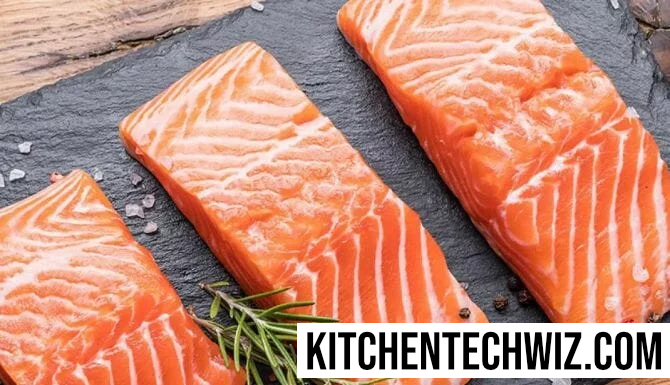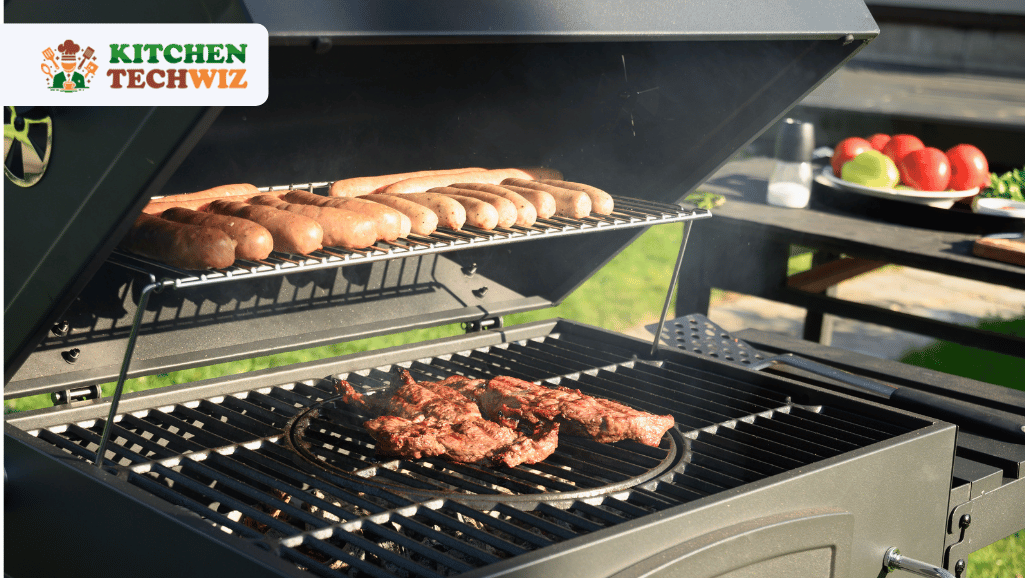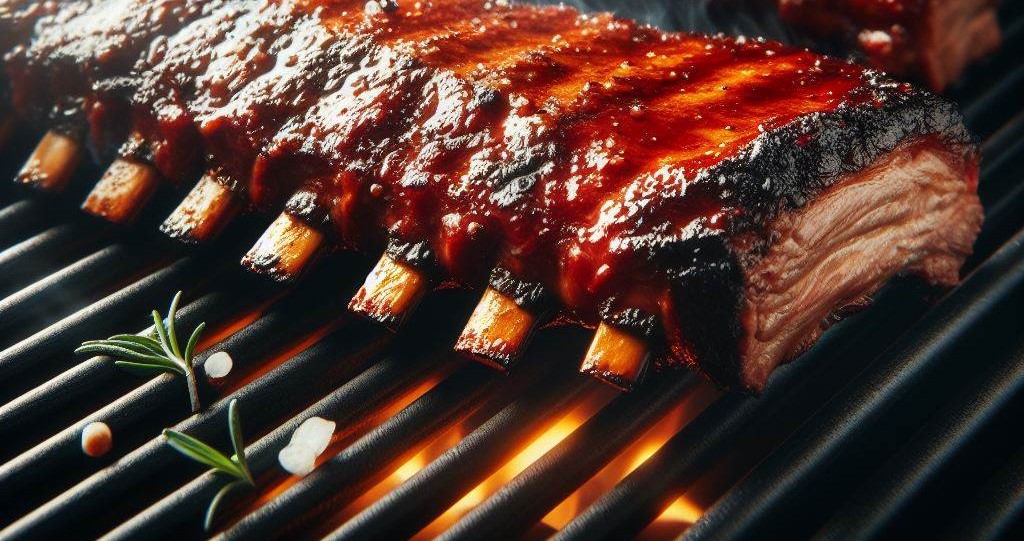Salmon is a delicious and healthy fish that is enjoyed by many people all over the world. Whether you catch your own salmon or purchase it from a fish market, knowing how to fillet it properly is a skill that every seafood lover should have. Filleting a salmon can seem intimidating, but with the right tools and technique, anyone can do it. Expertly filleting a salmon with a knife is an art form that requires precision and skill. In this article, we will guide you through the steps involved in filleting a salmon with a knife.
Tools You’ll Need
Before we get started, it’s important to have the right tools on hand. Here are the tools you’ll need for filleting a salmon with a knife:
- A sharp fillet knife
- A cutting board
- A pair of scissors
- A clean towel or paper towels
- A bowl or container for the fillets
- A garbage bin or bag
Step-by-Step Guide
Step 1: Prepare the salmon
Start by rinsing the salmon under cold running water to remove any dirt or debris. Pat the salmon dry with a clean towel or paper towels. Place the salmon on a cutting board with the belly facing up.
Step 2: Remove the head
Using a sharp knife, make a diagonal cut behind the gills to remove the head. You can also use scissors to cut through the bones.
Step 3: Remove the guts
Insert the tip of the knife under the gills and cut down towards the belly. Use your fingers or a spoon to remove the guts from the salmon.
Step 4: Remove the scales
Hold the salmon firmly by the tail and use the back of the knife to scrape off the scales from the tail towards the head.
Step 5: Make the first cut
Start the first cut behind the head and gills. Cut straight down to the backbone, following the contour of the fish.
Step 6: Follow the bones
Using the backbone as a guide, run the knife along the bones towards the tail. Use your free hand to hold the fish steady as you cut.
Step 7: Remove the fillet
Once you reach the tail, use the knife to separate the fillet from the bones. Cut through the skin to remove the fillet.
Step 8: Repeat the process
Flip the salmon over and repeat the process on the other side to remove the second fillet.
Tips for Success
- Always use a sharp knife for filleting salmon.
- Keep the fish as cold as possible before filleting. This makes the fish easier to handle and reduces the risk of bacteria growth.
- Use a cutting board with a non-slip surface to prevent the fish from slipping.
- Take your time and be patient. Filleting a salmon takes practice, so don’t get discouraged if it doesn’t turn out perfectly the first time.
Frequently Asked Questions
What’s the difference between a fillet knife and a regular kitchen knife?
A fillet knife is a long, flexible knife that is specifically designed for filleting fish. It has a thin blade that allows for precise cuts and flexibility to work around bones and other obstacles. A regular kitchen knife is not recommended for filleting fish as it is not designed for this purpose.
Do I need to remove the scales before filleting the salmon?
Yes, it’s important to remove the scales before filleting the salmon. This makes it easier to make clean cuts and prevents the scales from getting in the way.
Can I fillet a salmon without a fillet knife?
While it is possible to fillet a salmon with a regular kitchen knife, a fillet knife is recommended for the best results. A fillet knife is specifically designed for filleting fish, making the process easier and more efficient.
How do I know when the salmon is ready to be filleted?
The salmon should be fully thawed before filleting. Look for a firm texture and bright color. If the salmon has a strong odor or slimy texture, it may not be fresh and should not be used for filleting.
What can I do with the leftover bones and scraps after filleting?
The leftover bones and scraps can be used to make fish stock or soup. Simply simmer the bones and scraps in a pot of water with vegetables and seasonings to create a flavorful broth.
Conclusion
Filleting a salmon with a knife may seem daunting, but with the right tools and technique, it can be a rewarding experience. Remember to use a sharp fillet knife, keep the fish as cold as possible, and take your time. With practice, you’ll be able to master the art of salmon filleting and enjoy delicious, fresh fillets at home. By mastering this technique, you’ll not only save money by buying whole fish but also gain a deeper appreciation for where your food comes from. Plus, there’s something immensely satisfying about preparing your own fillets that just can’t be replicated with store-bought varieties. So go ahead and embrace this culinary challenge – your taste buds will thank you!



![16 Best Tabletop Propane Gas Grills 2024: [Also Charcoal & Electric]](https://kitchentechwiz.com/wp-content/uploads/2021/04/Best-Tabletop-Propane-Grill-1.jpg)

Leave a Reply